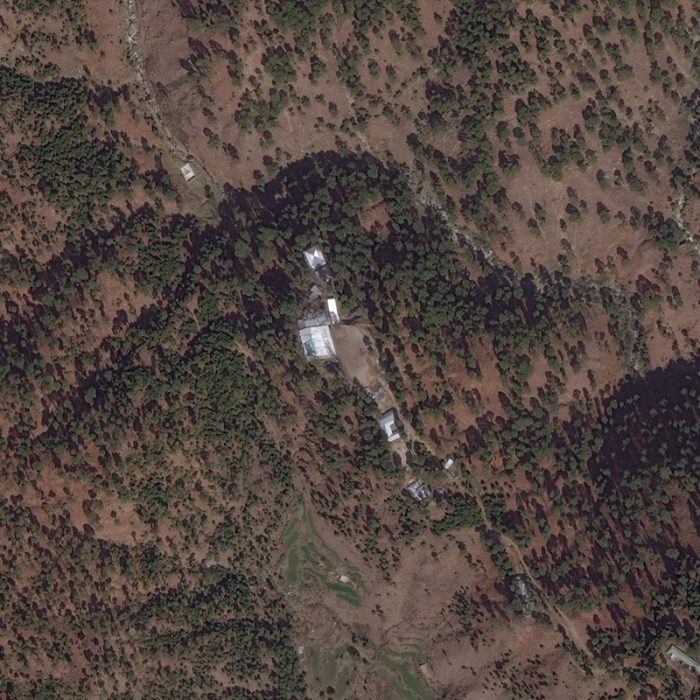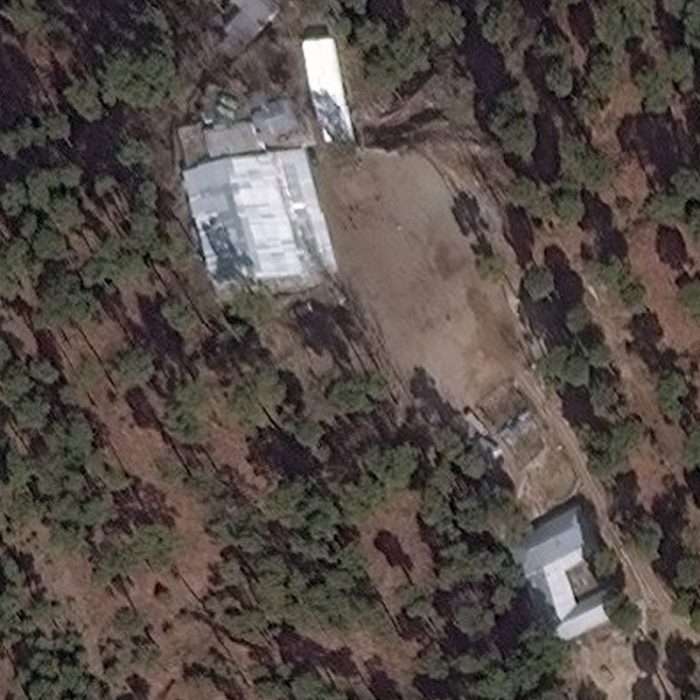PAKISTAN: Satellite Imagery confirms India missed target in Pakistan airstrike
- European Space Imaging
A satellite image captured by WorldView-2 on 27 February 2019 confirms that the religious school run by Jaish-e-Mohammed in northeastern Pakistan appears to still be standing days after India claimed its warplanes hit the Islamist group’s training camp on the site.
India announced last week that it had destroyed the suspected Pakistan-based terror camp in its first airstrike on its neighour since 1971. However as seen in the very high resolution satellite imagery released by European Space Imaging, no evidence of damaged infrastructure or casualties at the site can be found.
“Geospatial intelligence plays a crucial role within the defence and intelligence sector and can be used to safely assess what is happening on the ground in conflict areas,” said Managing Director Adrian Zevenbergen. “With very high resolution imagery we can see the picture in more detail. The image captured with Worldiew-2 of the buildings in question shows no evidence of a bombing having occurred. There are no signs of scorching, no large distinguishable holes in the roofs of buildings and no signs of stress to the surrounding vegetation”.

Satellite image at 50 cm resolution showing madrasa buildings still standing at the site of Indian bombing.
Satellite Imagery © 2019 DigitalGlobe, A Maxar Company – provided by European Space Imaging

Close up view of northeastern Pakistan showing madrasa buildings still standing at the site of Indian bombing.
Satellite Imagery © 2019 DigitalGlobe, A Maxar Company – provided by European Space Imaging
Related Stories

GEOSeries: Extracting Insights From High Resolution SAR Imagery for Time-Sensitive Analysis
In this webinar, industry experts and advanced users of Umbra SAR data showcase how they transform SAR imagery into actionable insights in real-world mapping, monitoring and intelligence applications. See how NV5 and Umbra leverage ENVI SAR Essentials for advanced processing with time-efficient results, converting analytics into valuable intelligence.

Using Satellite Imagery to Build Water Resilience Across Europe
Water across Europe is facing severe pressure. Climate change, urbanisation, agricultural demands and other sources of pollution are threatening water security and creating critical challenges that need to be addressed. We have to act quickly, build stronger systems and create sustainable water resilience practices – so that both natural ecosystems and human communities can thrive. Here is how satellite imagery from EUSI can help.

EUSI and Albedo Partner to Deliver 10 cm Resolution Satellite Imagery to Europe
It is our pleasure to announce the partnership with Albedo, a builder of high-performance spacecraft and the first satellite designed to operate commercially in VLEO (Very Low Earth Orbit). This partnership will bring the world’s highest resolution satellite imagery to the European and North African market.

Updating the Land Parcel Identification Systems in 2025: The Benefits of Using Satellite Images
Agricultural paying agencies across Europe face increasing challenges in maintaining accurate and up-to-date Land Parcel Identification Systems (LPIS), ensuring compliance with the Common Agricultural Policy (CAP) and supporting sustainable agricultural practices.





